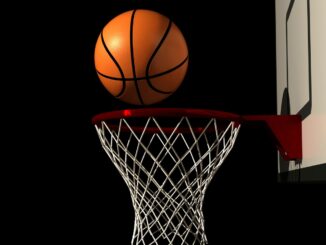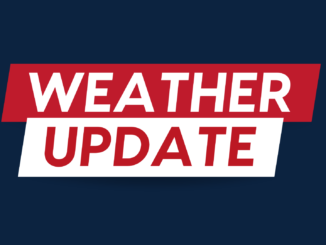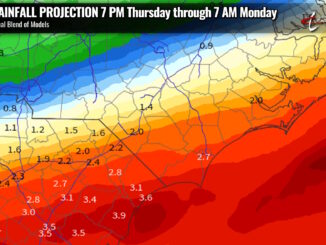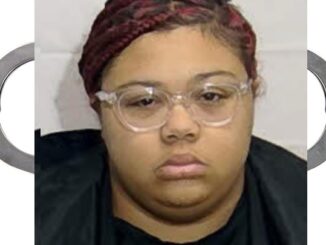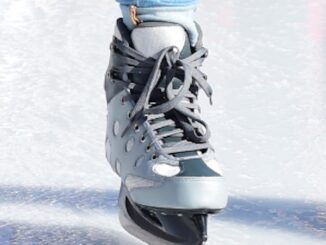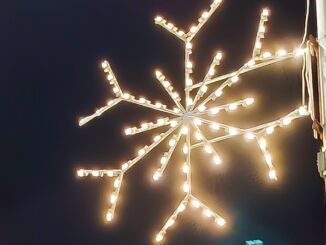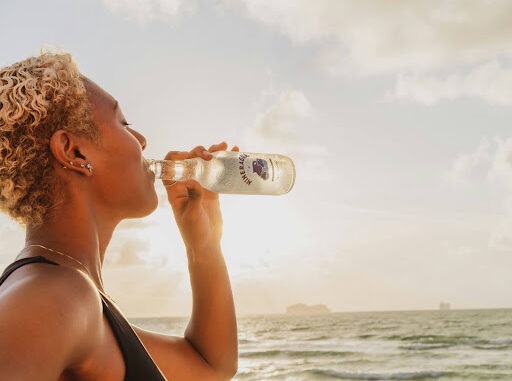
When a July heatwave turns the sidewalk into a griddle, water isn’t just refreshing – it’s life-support. Still, pounding down a quart at lunch can’t rewind a morning of slow-burn dehydration; ‘drink only when thirsty’ is a surefire recipe for brain-fog. When it comes to smart hydration, slow and steady wins the race – but there’s also more to it than that.
Why Timing Counts
Regularly drinking high-quality water is essential for optimal hydration. According to the experts from Just Water:
- We’re basically water topped with skin. On average, men’s bodies run at about 60% water and women at around 55%. Age, body fat and fitness nudge that number up or down, but the takeaway is the same: every metabolic spark in your body runs on H₂O
- Tiny deficits can equal big consequences. Losing even 1-2% of body mass through sweat or respiration can dull attention, slow down reaction times and generally darken mood; laboratory studies on soldiers and athletes show cognitive decline kicks in right around the 2% mar
- Gulp vs. drip. A monster chug floods the bladder; a steady trickle lets tissues actually absorb the fluid and keeps blood volume stable
The Six Hydration Sweet Spots
Within 10 Minutes of Waking
You’ve just spent six to eight hours losing moisture with every exhale, so it’s time to replenish. Drinking one or two glasses (8-16 oz) can jump-start circulation, prime digestion and thin out that post-sleep blood viscosity that can spike first-thing-in-the-morning heart risks.
Thirty Minutes Before You Head into the Heat
Water needs roughly half an hour to circulate from gut to bloodstream. Pre-loading keeps sweat glands supplied when you step into the heat and humidity. In a classic treadmill study, runners who downed roughly 2 L (about a half-gallon) 30 minutes before exercising in 120 °F heat lasted significantly longer than when they started merely ‘comfortably’ in terms of their hydration status.
Every 15-20 Minutes During Activity
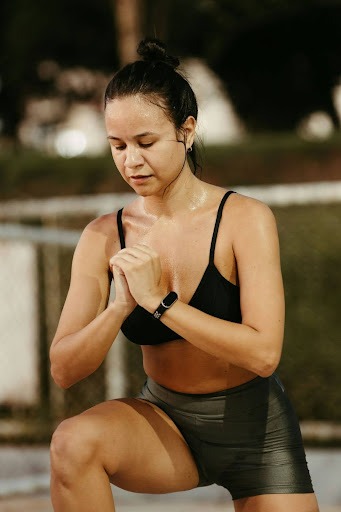
The American Council on Exercise recommends 7-10 oz (200–300 mL) at each interval – enough to replace sweat without an unpleasant stomach slosh.
With Meals – Just a Glass or Two
Water helps saliva break down carbs and moves nutrients across the gut wall; a tsunami of fluid, however, can dilute stomach acid and slow protein digestion. Produce that’s 90% (or more) water – think watermelon, cucumbers, oranges – counts toward your daily total and brings bonus electrolytes.
Within an Hour After Exercise or Sun Exposure
Aim for 16-24 oz (500-700 mL) within an hour of either exercise or sun exposure (or both if you’re a glutton for punishment). If you want to be precise, step on a scale: for every pound of sweat weight you lost, replace it with 16-24 oz of fluid.
An Evening Top-Up (One Glass, 1-2 Hours Before Bed)
Your brain does a nightly ‘rinse cycle’ using cerebrospinal fluid; a modest pre-sleep drink keeps that system humming but gives your kidneys time to (hopefully) spare you a 2am bathroom dash.
Pitfalls to Dodge
- Waiting for the thirst to hit. Thirst is a lagging indicator; by the time your mouth feels like the Sahara, you’re already in that 1-2% deficit zone
- Slamming ice-cold water. Near-freezing gulps can trigger stomach cramps and slow absorption – cool, not icy, is kinder to your system (nobody likes brain-freeze)
- Living on sports drinks. Electrolyte formulas shine during sweat-soaked, hour-plus workouts, but the average backyard barbecue doesn’t merit a sodium-sugar cocktail
- Alcohol and caffeine confusion. Moderate coffee and tea contribute to hydration, but both are mild diuretics; follow every caffeinated or boozy beverage with an equal amount of water, especially when dealing with triple-digit temps
How to Tell You’re on Track
- Urine color guide. Pale-straw or lemonade shade? Good. Apple-juice amber? Time to tank up. Remember, though, that vitamins and supplements like B-complex can create a misleading neon urine – trust the trend, not a single bright sample
- Skin turgor pinch. Gently pinch the skin on the back of your hand; if it snaps back, fluid levels are decent; if it does a tent-like linger, get sipping
- Head-check. Unseasonable fatigue, a low-grade headache or crankiness in the heat often signals hydration debt long before dizziness hits, so pay attention
Special Note for Vulnerable Groups
- Kids and teens sweat less efficiently and burn through water fast while playing; hand them a spill-proof bottle and remind them to drink during every timeout
- Older adults (and neurodivergent individuals) tend to have a weaker thirst signal; setting phone alarms or pairing water with medications keeps intake consistent
- Endurance athletes may need sodium tabs or sports drinks after 90 minutes; pure water alone can dilute blood sodium too far, a condition called hyponatremia
Quick Cheat-Sheet (U.S. Units)
- Morning: 8-16 oz as soon as you’re up
- Pre-heat: around 16 oz 30 min before going outside
- During activity: 7-10 oz every 15-20 min
- Post-activity: 16-24 oz within the first hour
- Evening: One 8 oz glass 1-2 hours before bed
Slow and Steady
Think of water as a steady IV drip, not a one-time flood; sip early, sip often and tighten those intervals when the mercury climbs. Your brain, muscles and mood will pay you back with cooler, clearer, longer-lasting energy all summer long.
(This is a Contributed Post)










